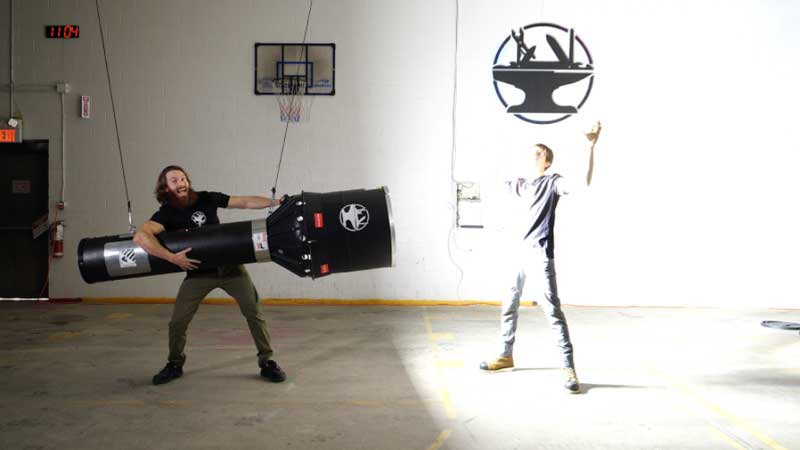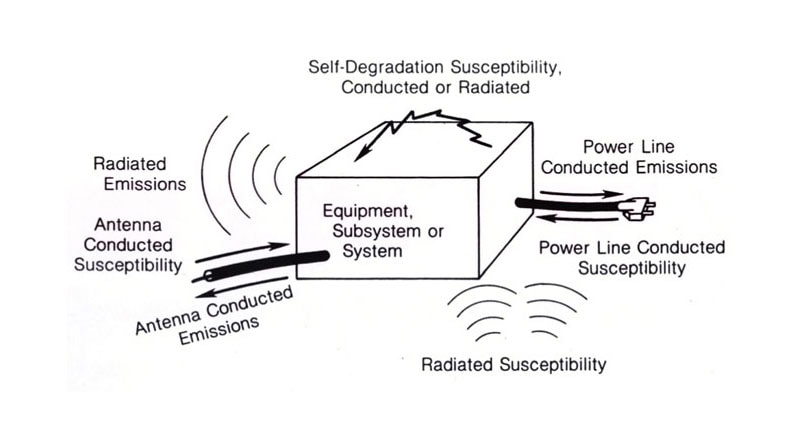Nothing Spooky About Space Shuttle Tiles
Back in the 1960s, NASA was perfecting the thermal tiles that kept the Space Shuttle from burning up from the searing heat generated when it re-entered the atmosphere. Getting the formula right for the tiles was a bit tricky. Strong materials generally have high relative densities, which tends to make them thermal conductors rather than insulators. Reducing the tiles' relative density by making them more porous enhances thermal insulation but can make the tiles weaker and prone to abrasion. And dense materials that are good insulators are frequently susceptible to thermal shock.
Eventually, NASA published a Tech Brief describing a porous ceramic insulating material it came up with that solved these problems. The material cured relatively quickly at only around 200ºF. It was largely composed of orthophosphoric acid - a compound used in dental cement - and aluminum hydroxide, which has a super-high melting point, along with some metal and silica powders, absorbent clay, and a bit of aluminum phosphate for strength.
One of the NASA engineers who worked on perfecting this material was Ron Hunkeler. Hunkeler retired from NASA in 2001 after nearly 40 years at the Goddard Space Flight Center. He died last year at the age of 85.
Unfortunately, the annals of history are less likely to associate Hunkeler with his work on heat shield tiles and more likely to focus on his strange childhood: When he was 14, Hunkeler's parents forced him to undergo 20 exorcisms over a two-month span to supposedly free him of demonic influence. The Washington Post got wind of this tale and wrote it up. The author William Peter Blatty heard about the Post article and acquired a diary of the exorcisms kept by one of the four priests involved. Blatty used it as the inspiration for his bestselling novel The Exorcist which, in 1973, was made into a movie of the same name that was nominated for an Academy Award for Best Picture.

The original Post article, published in 1949, did not use the real names of Hunkeler and his family. But there were hints in the write-up about their identities. And as you might suspect, there was a lot of curiosity about what really happened during the actual incidents that inspired The Exorcist.
Some journalists got serious about ferreting out the facts behind the case in the 1990s. They began piecing together clues from birth dates, high school yearbooks, and church records. One investigator, Washington, D.C.-based writer, and cultural historian Mark Opsasnick, tracked down long-time residents of the town where the exorcism happened. Opsasnick found a resident who knew one of the priests involved and who had talked to the priest about what had happened to the young Hunkeler. According to the priest, the “possessed” boy eventually graduated from high school and “turned out just fine”.
Accounts of actual events during the exorcisms are far removed from the fantastic events in the book or movie--no levitating beds, no talking backward in unknown languages, and no pea soup. In fact, reading between the lines, one might conclude that some of the priests involved began to suspect the young Hunkeler was conning them so he could skip school; He was reported to have problems with bullying from classmates and really didn't want to go back.
And some of the reported evidence of poltergeist was suspect: A few observers reported seeing words scratched on Hunkeler's skin, but others said they just saw ordinary scratches. There was speculation that noises reported to come from Hunkeler's room could have been made by a mechanical device—a possibility not out of the question for a teenager who would eventually become a first-rate engineer.
It was Hunkeler himself who put an end to the whole exorcism business. As related by podcaster J.D. Sword, Hunkeler claimed to be free of the devil after having visions of St. Michael holding a flaming sword. Apparently, that was good enough for the priests.
Though investigative efforts had determined Hunkeler's true identity during the 1990s, those doing the digging chose not to reveal it to the world until after his death. Hunkeler's close friends say he was mortified about his connection with The Exorcist. In an interview with the New York Post, a 29-year companion of Hunkeler said the engineer was always on edge about his colleagues at NASA finding out. The same companion says Hunkeler himself never believed he was the victim of satanic possession and that he shunned religion. “He said he wasn’t possessed, it was all concocted,” the companion told the Post. “He said, ‘I was just a bad boy.’”
That brings us to recent plans for a three-movie sequel of The Exorcist, with the first theatrical release scheduled for October 2023. One gushing commentary on the project published on movieweb.com says, “As a fan of the original, I hope (film production company) Morgan Creek can stay closely aligned to the original story.”
If sequel producers do stay true to Hunkeler's actual story, they won't have much of a movie. A more interesting tale might come from relating how Hunkeler started with dental cement and ended up with thermal tiles for the Space Shuttle. But it's likely only engineers would flock to see that movie.

Have questions or comments? Continue the conversation on TechForum, DigiKey's online community and technical resource.
Visit TechForum










